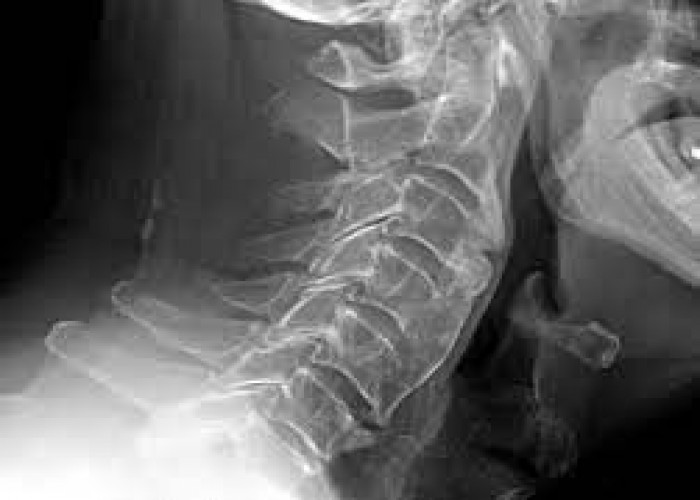 Welcome
Welcome
“May all be happy, may all be healed, may all be at peace and may no one ever suffer."
Diffuse idiopathic skeletal hyperostosis (DISH)
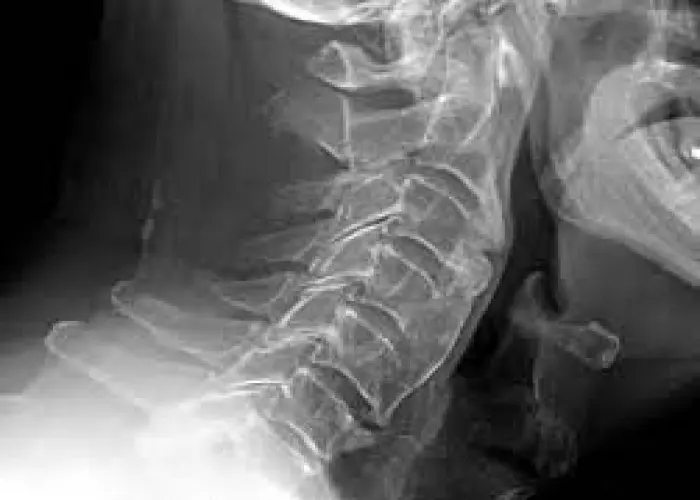
Diffuse idiopathic skeletal hyperostosis (DISH) is a condition in which bony growths develop along the spine, typically in the lower neck and upper back. This condition is sometimes referred to as Forestier's disease, after the French physician who first described it.
DISH most commonly affects adults over the age of 50, and is more common in men than women. The exact cause of DISH is unknown, but it is believed to be related to the aging process, and may be influenced by factors such as genetics, obesity, and diabetes.
Symptoms of DISH can vary depending on the severity of the bony growths, but may include stiffness and pain in the affected area, especially when moving the neck or back. In severe cases, the bony growths can compress nerves or the spinal cord, which can cause weakness, numbness, or tingling in the arms or legs.
Diagnosis of DISH typically involves a physical exam, as well as imaging tests such as X-rays or CT scans. Blood tests may also be ordered to rule out other conditions with similar symptoms.
Treatment of DISH typically focuses on managing symptoms, and may include pain relievers, nonsteroidal anti-inflammatory drugs (NSAIDs), or muscle relaxants. Physical therapy or exercises may also be recommended to improve flexibility and reduce pain. In some cases, surgery may be recommended to relieve pressure on the spinal cord or nerves.
In conclusion, diffuse idiopathic skeletal hyperostosis (DISH) is a condition in which bony growths develop along the spine, typically in the lower neck and upper back. It most commonly affects adults over the age of 50, and is more common in men than women. Treatment typically focuses on managing symptoms and may include pain relievers, physical therapy, or surgery in severe cases. If you experience symptoms of DISH, it is important to seek medical attention to determine the underlying cause and develop an appropriate treatment plan.
Research Papers
Disease Signs and Symptoms
- Joint stiffness
- Difficulty swallowing or a hoarse voice.
- You might notice this most when stretching side to side.
- Difficulty swallowing (dysphagia)
- Hoarse voice
- Decreased range of motion
- Pain, possibly severe, and swelling near the heel
- Shoulder, elbow, knee and heel pain
- Shoulder pain
- Heart murmur and bluish skin due to poor circulation of oxygen-rich blood (cyanosis) as a result of a heart defect
Disease Causes
Diffuse idiopathic skeletal hyperostosis (DISH)
DISH is caused by the buildup of calcium salts in the ligaments and tendons and a hardening and overgrowth of bone. But what causes these to occur is unknown.
Disease Prevents
Disease Treatments
While there's no cure for diffuse idiopathic skeletal hyperostosis, you can take steps to reduce pain and stiffness. Treatment is also aimed at keeping the condition from worsening and at preventing complications.
Because of the relationship between DISH and conditions such as obesity, insulin resistance and type 2 diabetes, treating those conditions might slow or halt the progression of DISH.
Medications
Your doctor might recommend over-the-counter pain relievers, such as acetaminophen (Tylenol, others) or ibuprofen (Advil, Motrin IB, others). More-severe pain can be treated with corticosteroid injections.
Therapy
Physical therapy can reduce the stiffness associated with DISH. Exercises might also increase the range of motion in your joints. Ask your doctor about specific exercises you can do. He or she might refer you to a physical therapist for further guidance.
Surgery
Surgery might be needed in rare cases when diffuse idiopathic skeletal hyperostosis causes severe complications. People who have difficulty swallowing due to large bone spurs in the neck might need surgery to remove the bone spurs. Surgery might also relieve pressure on the spinal cord caused by DISH.
Disease Diagnoses
Disease Allopathic Generics
Disease Ayurvedic Generics
Disease Homeopathic Generics
Disease yoga
Diffuse idiopathic skeletal hyperostosis (DISH) and Learn More about Diseases

Broken ribs

Parvovirus infection
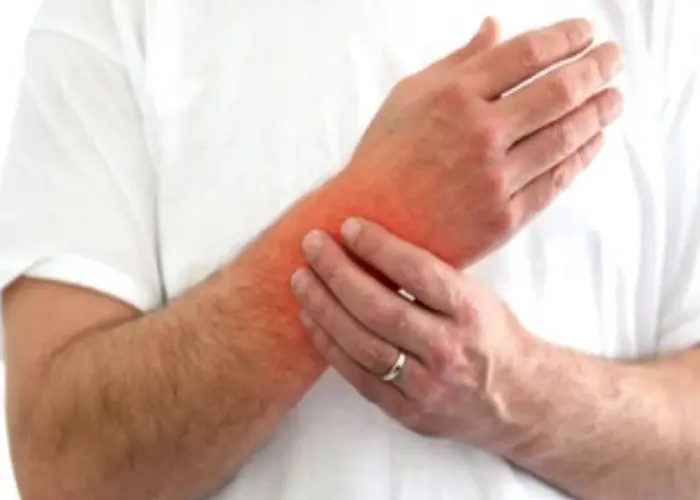
De Quervain's tenosynovitis
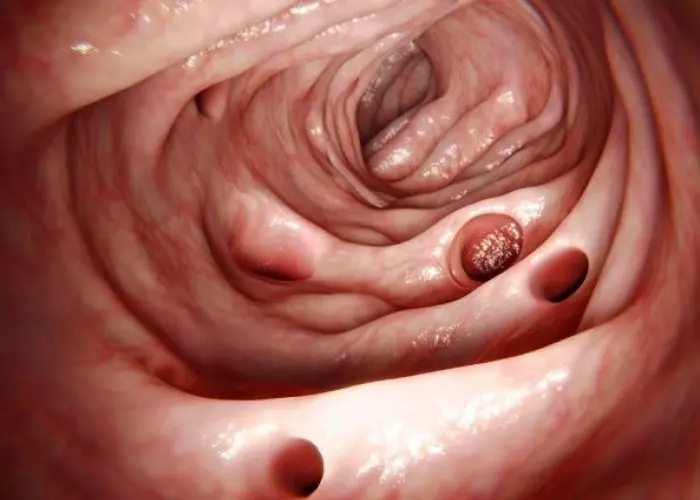
Diverticulitis
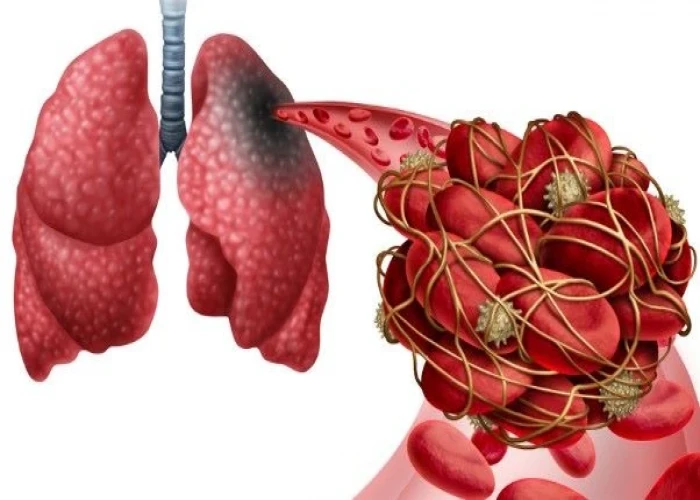
Pulmonary embolism
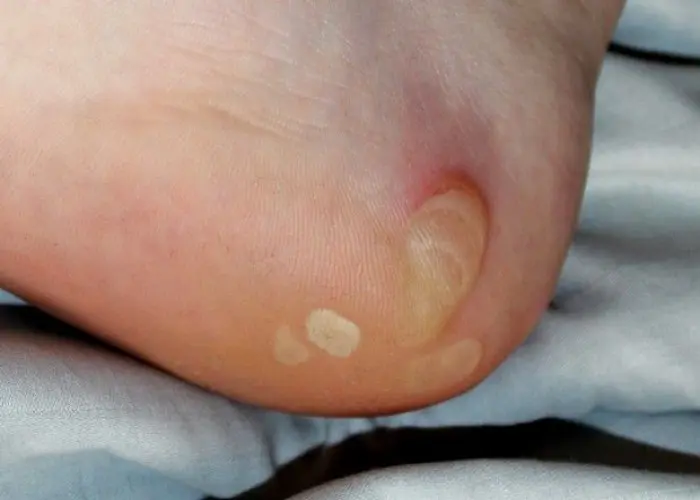
Epidermolysis bullosa

Depression (major depressive disorder)

Obesity
diffuse idiopathic skeletal hyperostosis, dish, ডিফিউজ ইডিওপ্যাথিক কঙ্কাল হাইপারস্টোসিস, ডিআইএসএইচ
To be happy, beautiful, healthy, wealthy, hale and long-lived stay with DM3S.
